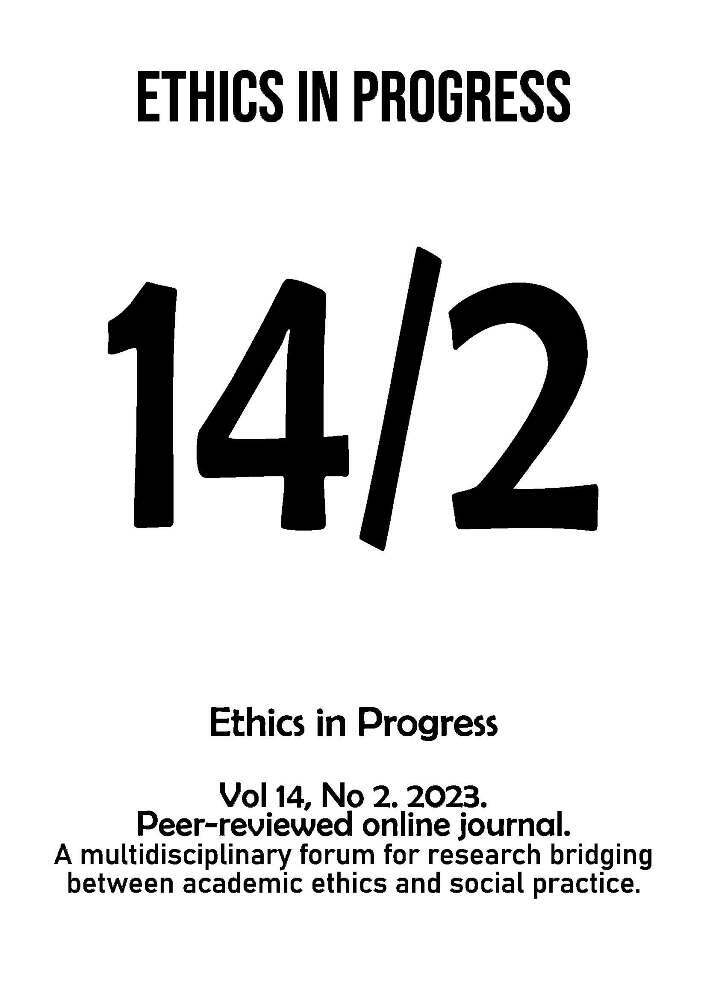Detection of Conspiracy Narratives Using the Information Marker Method. A Study in the Methodology and Philosophy of Information
Detection of Conspiracy Narratives Using the Information Marker Method. A Study in the Methodology and Philosophy of Information
Author(s): Mariusz SzynkiewiczSubject(s): Ethics / Practical Philosophy
Published by: Uniwersytet Adama Mickiewicza
Keywords: Conspiracy narratives; marker method-based detection of conspiracy narratives; CONSPIR Model; information ethics;
Summary/Abstract: The article will present the main assumptions of the information marker method, which can be used for recognizing the characteristics of conspiracy theories conveyed in the content of informational messages – texts, statements, recordings, etc. The proposed method draws on the conspiracy thinking model CONSPIR (Lewandowsky & Cook 2020) and has a practical component. However, the technique presented in the paper constitutes a modification and addition to the original proposal. First, it deals with a problem frame that is different from that of CONSPIR, since it is applied to formulated information messages. Hence the marker method is not an instrument for analyzing cognitive attitudes or patterns of conspiracy thinking. Secondly, the proposed tool is profiled in terms of content focused on scientific issues (mainly pertaining to the natural and applied sciences). Third, given the characteristics and structure of the communication under consideration, I replace the widely used term “conspiracy theory” with the more universal concept of “conspiracy narrative,” which seems to reflect more adequately the specific features of such information messages. Fourth, given the more specific purpose of the marker method compared to that of the CONSPIR model, I will try (where possible) to refrain from citing specific examples of conspiracy narratives, referring to singular events and personal examples. Consequently, to use a phrase widely used in methodology, the presented technique can be applied to all cases of a given type.
Journal: Ethics in Progress
- Issue Year: 14/2023
- Issue No: 2
- Page Range: 77-89
- Page Count: 13
- Language: English

